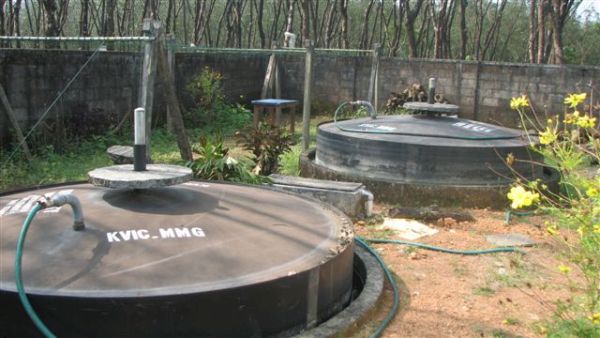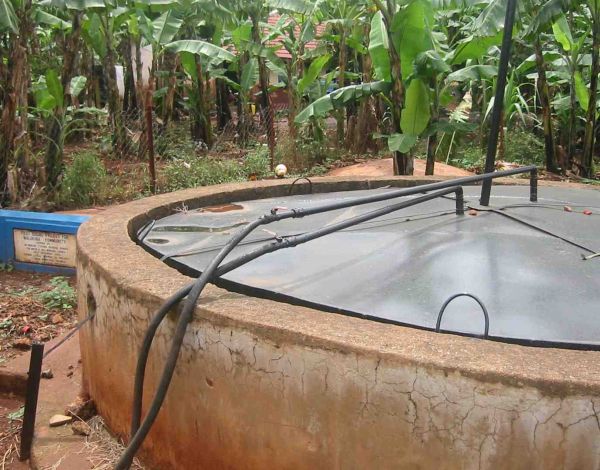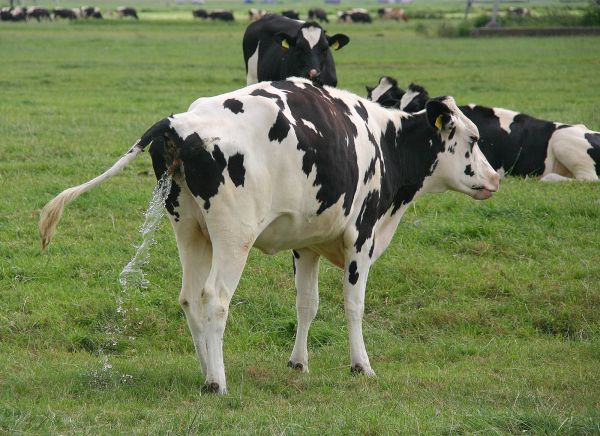Today, almost every human being is conscious regarding the fact that it takes everybody to make a change, no single person or a small group of people can bring about a sea change. The change here being referred is the change of thought process, a thinking that targets such behavioral activities of human beings that cause harm to the environment, or ones we know as the non-green activities.

People today prefer to make use of natural energies and substances like biogas instead of electricity to heat up their houses. It is a superb way to save money and to save environment altogether. Following are some tips that will help you heat your home with manure and trash effectively and save lots of money:
Choose the way to produce biogas

The biogas production procedure depends upon the producer, as in how would he like to produce biogas. Anaerobic bacteria are essential for the biogas production. They are the ones that can only survive in the absence of oxygen. They break down organic material into carbon dioxide or methane, which you call biogas. Biogas can power everything that is fueled by natural gas in your home.
You require a biogas digester to turn trash to biogas. It is an airtight container that stores organic wastes and then the anaerobic bacteria decomposes them to biogas in the absence of oxygen. The biogas digester is a common sight in some countries including India, Australia, South Africa, and Canada.
You have an option to choose from two types of biogas digesters, one demands continuous load, while batch load is what the other demands. Both the biogas digesters are requirement based, as in one suits the home energy requirement while the other suits the energy requirements of a large-scale firm. The continuous load biogas digester is ideal for homes wherein they require continuous energy flow. The large-scale firms get truckloads of waste at a time so the batch load digester suits them the best.
Tips to get most out of your household waste

There are certain factors you need to consider if you desire maximum biogas production from your household waste. Perfect anaerobic digestion requires a high temperature (between 85°F and 95°F) and a neutral pH level (close to 7.0). Biogas production does take place at lower temperatures also but at a slow speed. Regions too cold for biogas could arrange for greenhouse sheds that help maintain high temperatures in the biogas digesters.
In a country like India, the staple constituent for biogas production is cow dung. A 50:50 mix of cow dung and water suffice daily cooking and heating needs of so many Indian households.

In Bangladesh, some researchers have proven a thirty percent increase in the biogas production by adding cow urine to the mix of cow dung and water. This superb mix leads to the generation of biogas that has more of methane and less of carbon dioxide. The reason behind increase in the biogas production after the addition of cow urine is the extra nitrogen. Cow dung has a perfect mix of C/N ratio, and when cow urine is added the ratio of nitrogen increases, which leads to increased biogas production.
There is a myth that chicken manure also leads to superb biogas production, which is not at all true. Chicken manure is a very effective fertilizer but it creates trouble when put into a biogas digester. It tends to disrupt the C/N balance inside and leads to high levels of ammonium, which is not good. In fact, it is toxic for the survival of anaerobic bacteria inside the biogas digester.
Summary
A damn lucrative deal to heat up homes and to satisfy other needs that require electricity with biogas, as it saves your money and is beneficial for the environment as well.


